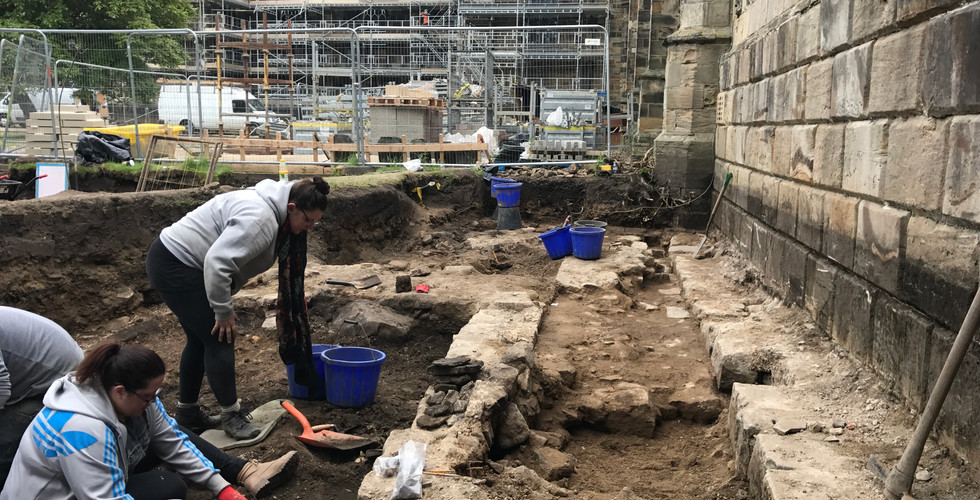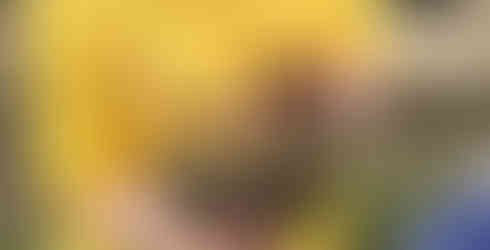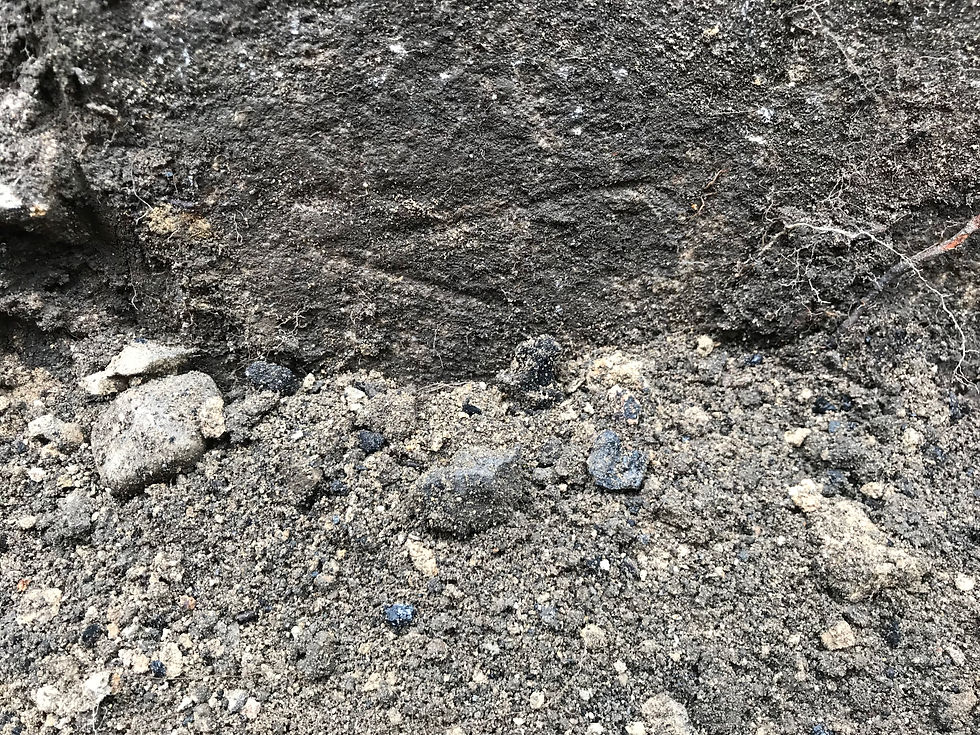Day 5: Unearthing new treasures and revisiting old bodies...
- Caroline Smith
- Jun 10, 2018
- 4 min read
Friday welcomed the end of Week 1 and signalled a third of the way through the dig. It is therefore apt that on this day we made some really important discoveries which have helped us better understand the features and deposits we have been puzzling over all week. Keep reading to find out more about what we have found so far and where we hope the excavation will lead in the coming days and weeks...
Firstly comes a bit of an apology about the lateness of this post (there is a very good reason I promise!). On Friday evening, was the grand opening of 'Bodies of Evidence: how science unearthed Durham's dark secret' exhibition at Palace Green Library in Durham. This exhibition tells the story of how the archaeologists at Archaeological Services at Durham University (ASDU) discovered the remains of a mass burial during excavations ahead of the construction of the cafe at Palace Green Library. What followed was a detailed investigation that involved many members of the Durham University Department of Archaeology who investigated both the skeletons that were discovered and associated historic documents. Through this approach it was revealed that this was a mass burial of Scottish soldiers who had been taken prisoner by the English following the Battle of Dunbar in 1650 and had died during captivity in Durham Cathedral.

The story of the Scottish Soldiers intersects directly with our work at Auckland Castle in two key ways. Firstly, Sir Arthur Haselrigge, Governor of Newcastle during the Commonwealth Period, came to own Auckland Castle after the end of the First English Civil War and is believed to have made substantial structural changes to the building including the construction of his own house within the grounds of Auckland Castle. Secondly, the Scottish Soldiers on their journey southwards from Dunbar, are supposed to have been temporarily incarcerated at Auckland Castle. The Scotland Wing at Auckland Castle is supposed to have derived its name from this event. In this way, the work we are doing at Auckland Castle has a direct link with the Scottish Soldiers Project, and we have recovered some finds which are consistent with the occupation of Auckland Castle during this period. Members of our project, notably Prof. Chris Gerrard and Dr. Pam Graves, were key members of the Scottish Solider's team and are bringing their knowledge and expertise to our work at Auckland Castle.
We were all thrilled to attend the opening of this exhibition which vibrantly tells both the story of the Scottish Soldiers together with the story of the archaeological processes that helped unearth this story. If you are interested in our work at Auckland Castle, then I strongly recommend a visit this is exhibition. In addition, there is a programme of associated events which include talks and lectures from some of the people involved. As well as all the archaeological and museum-related work they have done, the Scottish Soldiers team have written a book (in only 5 months!) which is a truly fascinating and engaging read.
Links to the exhibition and book:
https://www.dur.ac.uk/palace.green/whatson/details/?id=37429
https://www.oxbowbooks.com/oxbow/lost-lives-new-voices.html
Moving back to the dig, many of the students have now finished excavating the features they have been tasked with and have moved on to the important task of planning and recording features. Next week, many of these features will be re-excavated to discover new archaeological deposits beneath them.
Among the most exciting developments on Friday was the beginning of the excavation of a ditch feature in Trench 1. Identified as a patch of darker black soil on the ground and in drone photography, we were keen to investigate this patch further. So far, there have not been many finds recovered from this feature, but as this is excavated further we hope to recover more diagnostic artefacts and/or ecofacts. Among the few finds so far is some possible clinker which might suggest industrial metal working on site. Nearby, sizeable deposits of iron residue have also been recovered. Time will tell about the significance of these finds on our interpretation of these features.

In Trench 2, Friday really was the day of discovery. So far, Trench 2 has been slightly confusing for all excavating it, and we haven't always been able to make sense of some of the things we have uncovered. However, some new finds might have shed light on its use more specifically. In Trench 2A some in-situ reused 13th century stonework was uncovered at the base of the 18th century terrace extending from the chapel. The unusual shape of these stones together with the chisel marks on the indicate to us that they have been reused from elsewhere. Found nearby, was an additional fragment of carved stonework. Close to this, beneath large areas of burning, some large flat burnt stones have been recovered together with large amounts of animal bone, including some jaws. At the end of the day, some large in-situ stones were discovered which we believe might be indicative of a hearth feature. Photos of this will follow in the coming days as we clean this feature and discover more about it. In Trench 2C, a mysterious pit filled with lots of burnt deposits, bricks, animal bone, clay pipes and mixed-period pottery is looking more and more like a rubbish pit.
Altogether, at the end of Week 1 we have already learnt so much more about what was happening at Auckland Castle during its medieval past. The discovery of substantial walls which hint at the presence of unknown buildings has been a huge find. As we progress, we hope to vastly improve our understanding of these phases of activity.
























Comments